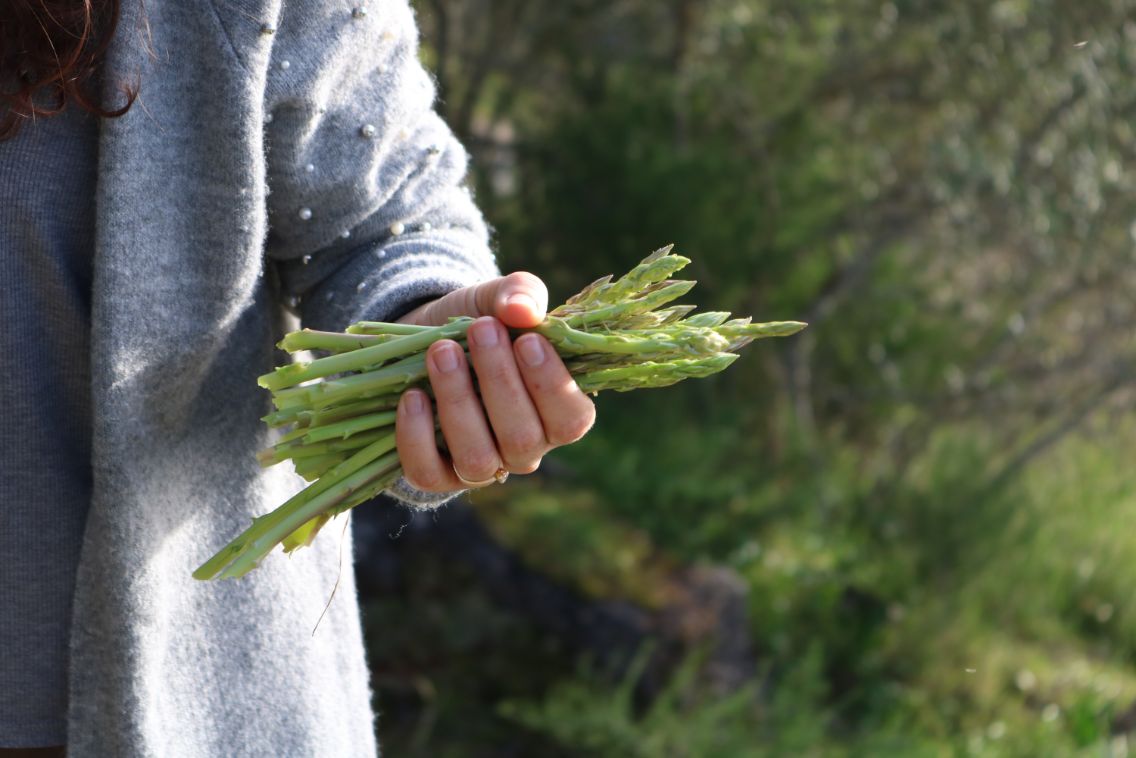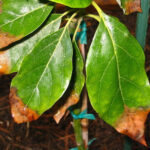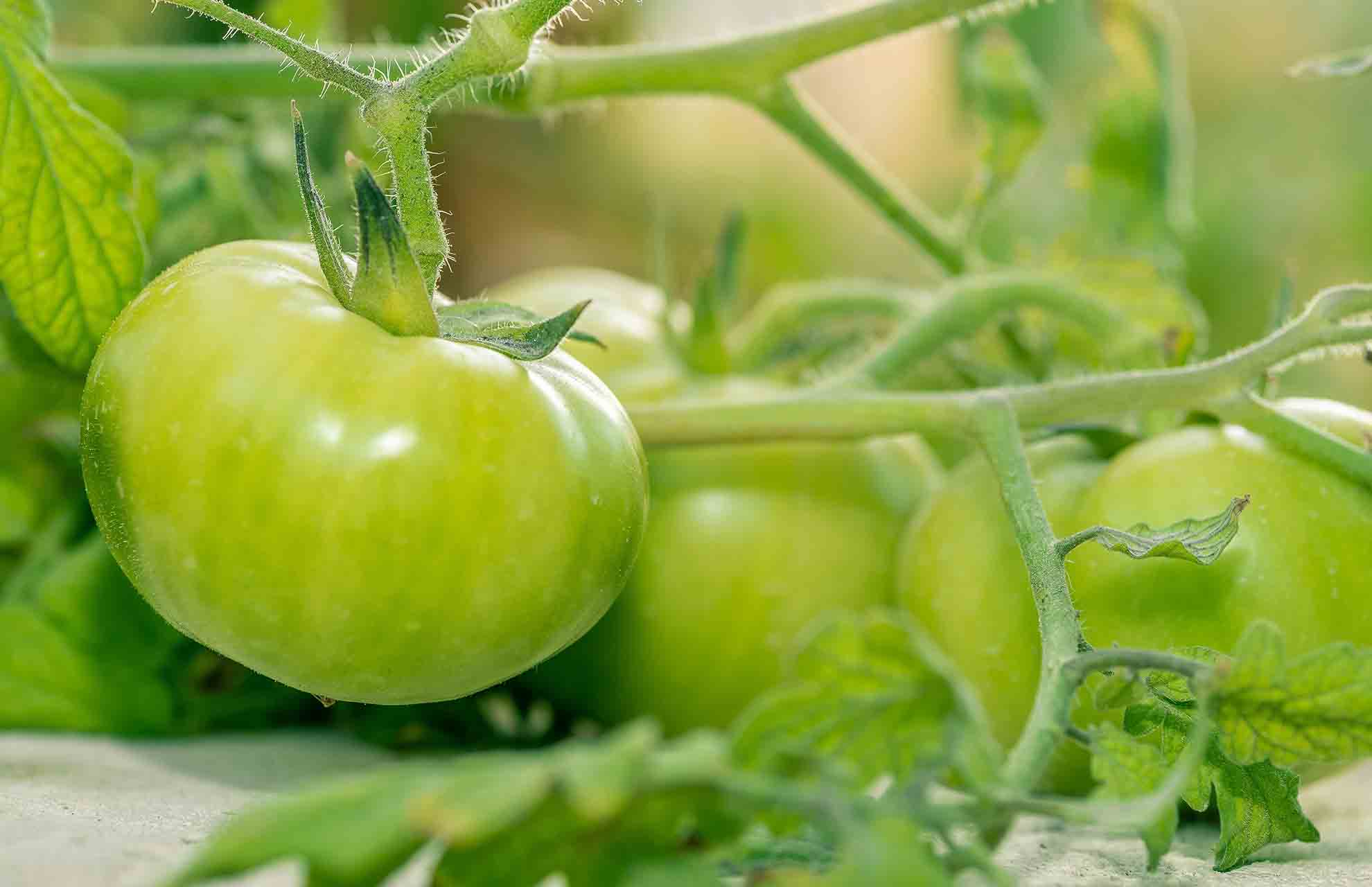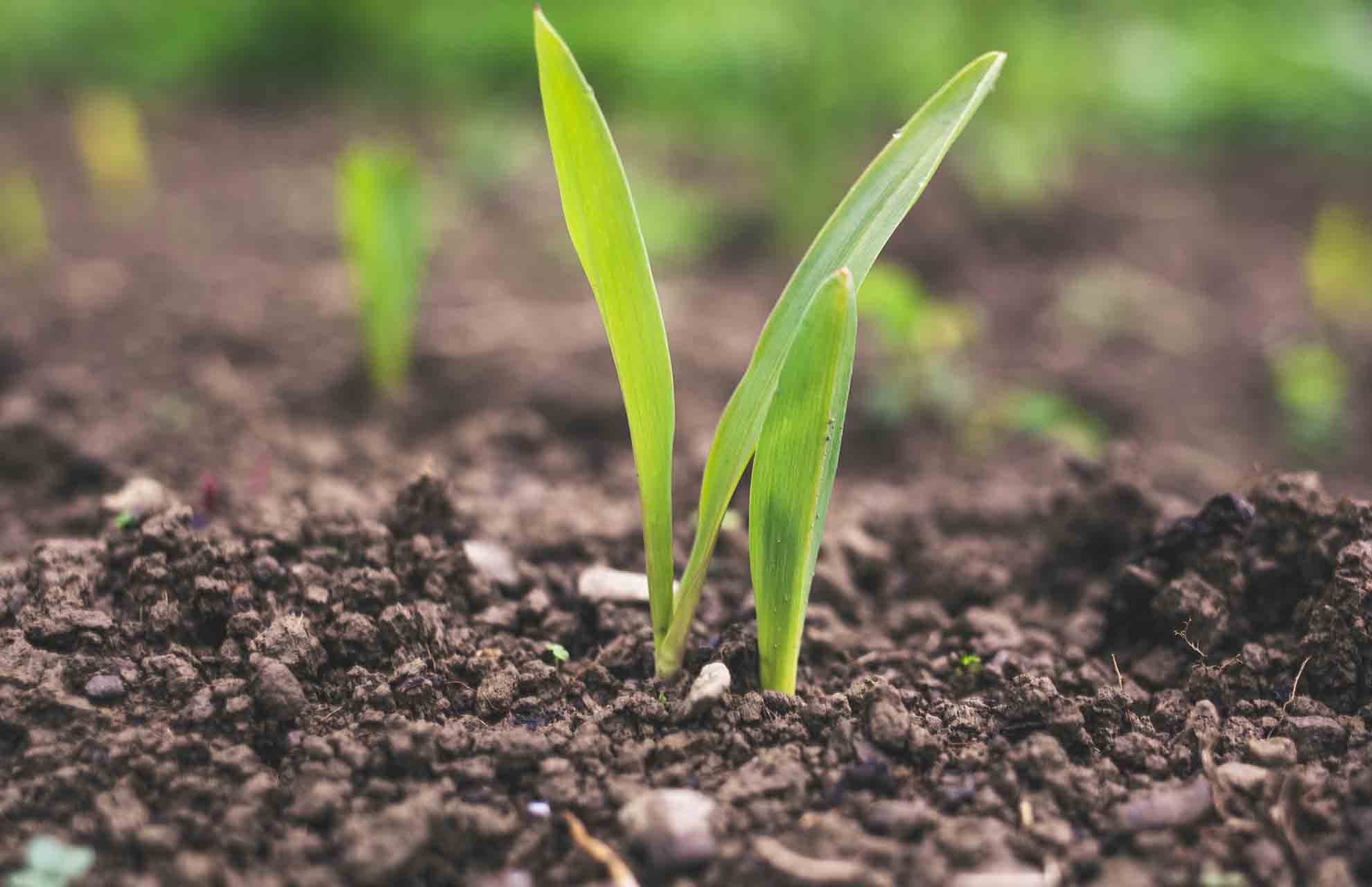Fresh asparagus spears that have been plucked from the garden have an exquisite flavor that is unmatched by anything else. Asparagus is now among the most coveted vegetables in the world after 2,000 years of taste testing.
It’s likely that if you enjoy asparagus, you’ll want to grow it in your garden. When growing asparagus, many gardeners purchase established bare root stock, but can you also grow asparagus from seeds? Yes.
Asparagus can be easily grown from seed, and it is much less expensive than purchasing expensive asparagus crowns. You can easily start a whole field of asparagus plants for just a few dollars, whether you use seeds from heirloom asparagus plants or just buy asparagus seeds.
If you want to know how to grow asparagus from seed, please read this article carefully.
You may be interested in How To Cut And Store Asparagus?
Can You Grow Asparagus From Seeds?
With bare root stock crowns, asparagus is frequently grown. This is due to the patience needed to grow asparagus. Crowns need three growing seasons to reach harvesting readiness! Nevertheless, this is a lot quicker than trying to grow asparagus from seeds. That being said, it is absolutely possible to grow asparagus from seed, and it is also slightly less expensive than purchasing crowns.
Autumn sees the bright red coloration of asparagus seeds or berries. Once the tops have fallen over, they can be collected and hung upside-down in a warm, dry area for about a week or so to ripen.
Once fully dried, place a bowl underneath the seeds or, if hanging, gently tie a brown paper bag around the tops. The planting of asparagus can then be accomplished using these seeds. Likewise, you can get them from reliable vendors.
Saving Asparagus Seeds
At first, the seeds appear as dense clumps of rounded, green seedpods. Months will pass before they reach their full dark red color. Don’t count your eggs before they hatch, even though it may appear at first glance to be a sizable harvest of asparagus seed.
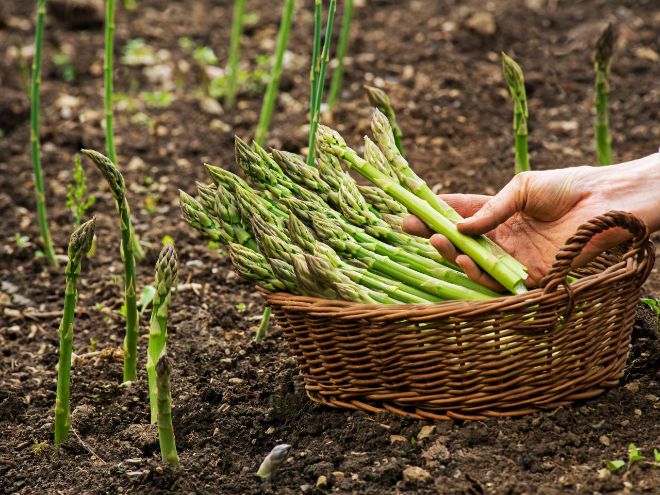
Many of those green asparagus seed pods will be removed by the wind, rain, or early bird harvesting long before they ripen.
A dense crop of ripe asparagus seeds will be reduced to just a few handfuls per plant during that time. There are still plenty of plantable seeds in that handful of asparagus seed pods.
Each asparagus fruit has several seeds, and in a good year, a single female asparagus plant can yield hundreds of seeds, even taking losses into account. Assuming the female plants survive and flourish, leaving just one or two female asparagus plants in your patch is frequently sufficient to guarantee a lifetime supply of seed.
If you grow asparagus from seed, the female plants will make up roughly half of your total plants if you don’t remove them. Until you can tell which plants are female, let the plants mature for a few years. At that point, I’d advise reducing the number of female plants to no more than six.
Harvest the berries once they have turned bright red in the fall to preserve asparagus seeds. That takes place in mid-to late-September here in Vermont (zone 4). After a week or two of drying, carefully remove the seeds by cracking open the seed pods.
Before storing the seeds to plant the following spring, allow the seeds to dry for at least another week.
How To Grow Asparagus From Seed?
Starting Seeds
A lot of your typical organic vegetable seed varieties can be started from seed, including asparagus. Start your seeds indoors if you have a seed-starting kit. Other seed-starting containers, such as peat pots, are also an option. The best germination of asparagus seed occurs in warm soil. Keep the temperature in the high 70s and use bottom heat. Patience is a virtue because asparagus takes approximately three weeks to germinate.
When the seeds have begun to sprout, you can reduce the temperature to 60 to 70 degrees. After any potential for frost has passed, move the plants outside. They will need to become more resilient. In a makeshift nursery bed, plant them at a depth of 2-3 inches.
Asparagus has a single reproductive cycle. Each plant is therefore either male or female. The majority of the energy that the female plant wants to expend is on seed production. You should only plant male asparagus for the best harvests.
There are some asparagus cultivars that primarily produce male plants, like Jersey Knight or Jersey Supreme. You can tell the plants apart by their flowers if you want your asparagus bed to only contain male plants.
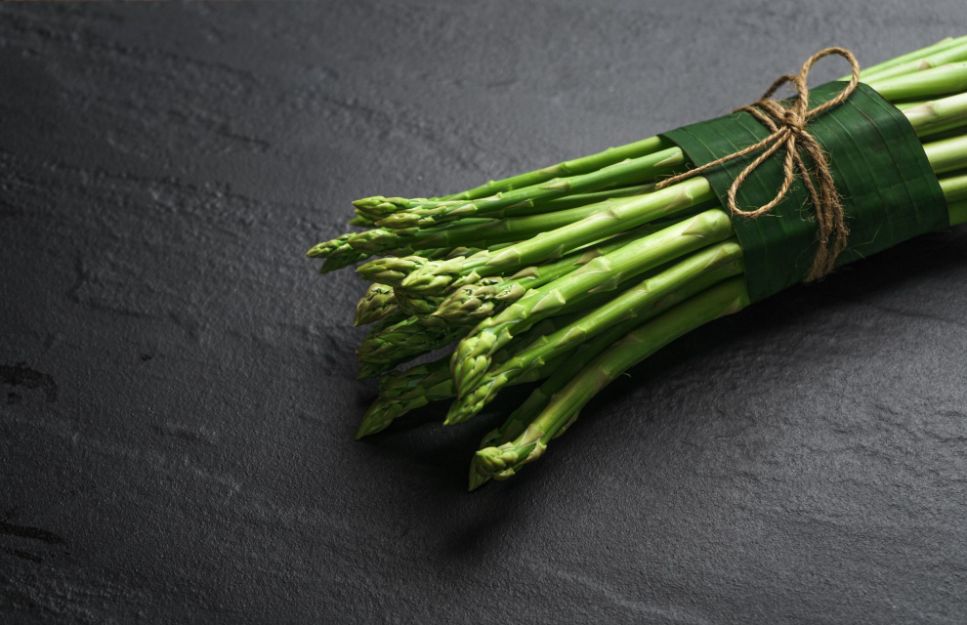
You’ll most likely need a magnifying glass because the flowers are so tiny. The male flower is longer and larger than the female flower, and the female plants have well-developed three-lobe pistils.
Location Of The Asparagus Bed
To create the ideal environment for your plants in your asparagus bed, you only have one chance. It’s crucial because they will continue to grow there for 25 years. Pick your location wisely. Although asparagus can tolerate some shade, full sun is best because it promotes growth.
Raised beds are favored by many gardeners. Raised beds solve the issue of standing water that is unfavorable to asparagus roots. Additionally, raised beds to make it simpler for you to pick the asparagus and keep your bed free of weeds.
In a conventional garden, having a row of asparagus is also acceptable, but keep in mind that after you’ve finished harvesting, the asparagus plant will grow quite tall and may shade the plants nearby.
Preparing The Asparagus Bed
It’s time to get the soil ready after you’ve selected the location. Because asparagus prefers lighter soil, you may need to amend your soil. The soil should be thoroughly dug, and plenty of aged manure and compost should be added. Take out all weeds, stones, and other debris. This is crucial and will remain so for the duration of your asparagus bed.
When weeds are seedlings, they are simple to spend a few minutes pulling out. Once the weeds begin to grow, it becomes more challenging to get rid of them without harming the underground spear.
Planting The Asparagus
In the prepared bed, create a 12-inch wide by a 6-inch deep trench. Asparagus should be planted 112-2 feet apart and covered with a layer of soil about two inches deep. After two weeks, add two more inches of soil. Up until the soil is mounded over the ground level, keep periodically adding more soil. Keep the bed thoroughly weeded and water it frequently.
How Long Until Harvest?
When compared to planting asparagus crowns, planting asparagus from seed puts you one year behind schedule. In the second and third years after planting, crown asparagus can be harvested partially.
For seed-planted asparagus, you can only harvest a few spears in the third year; however, in the fourth year, you can harvest the entire crop.
Simply take good care of the asparagus spears while keeping the beds weed-free in the interim. They will eventually fill out the beds, providing you with both a good crop in the spring and eye-catching foliage in the fall.

